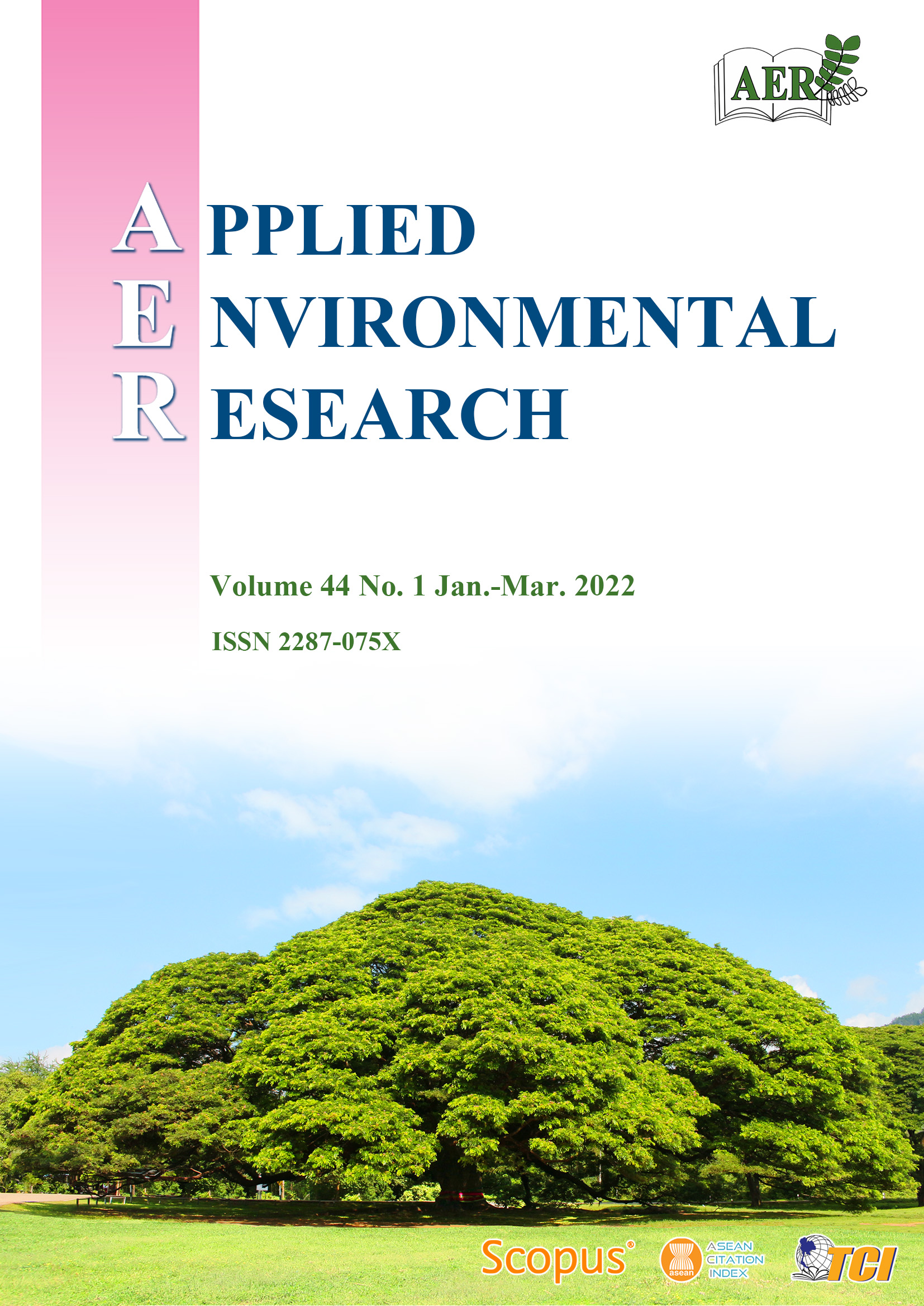Using Theory of Planned Behavior to Determine Consumer Intention in Choosing Cloth vs Plastic Bags
Main Article Content
Abstract
Plastics bags waste presets serious danger to human and animal health. A descriptive study was conducted on 250 consumers who were shopping in different stores of Kashan city in Iran in 2020 to investigate the consumers’ intention, attitude, subjective norms and perceived behavioral control towards reducing the consumption of plastic bags and using cloth bags based on the theory of planned behavior (TPB). Stratified sampling was applied to select the consumers to filled out a questionnaire developed based on the TPB in Farsi. A path analysis was used to investigate whether attitude, subjective norms, and perceived behavioral control would have any relation with the intention to reduce the consumption of plastic bags and to use cloth bags and whether the pathway model was acceptable. Results showed that certain demographic characteristics such as age and gender affects the perceived behavioral control. Employed consumers had stronger intention in using cloth bags. The path analysis results showed positive correlations between intention and other components of TPB such as attitude, subjective norms, and perceived behavioral control. There was a medium correlation between different dimensions of TPB. Weak correlation was observed between the attitude and perceived behavioral control and maximum correlation was observed between perceived behavioral control and intention. Employed and housewives consumers had strong intentions in using clothe bags. Attitude was not a strong determinant of intention and perceived behavioral control. Thus educational and awareness-raising programs should be accompanied by other reinforcing/ encouraging programs targeting at changing the intention directly. Employed individuals and housewives are more likely to change their behavior and benefit from such programs.
Article Details

This work is licensed under a Creative Commons Attribution-NonCommercial 4.0 International License.
Published articles are under the copyright of the Applied Environmental Research effective when the article is accepted for publication thus granting Applied Environmental Research all rights for the work so that both parties may be protected from the consequences of unauthorized use. Partially or totally publication of an article elsewhere is possible only after the consent from the editors.

